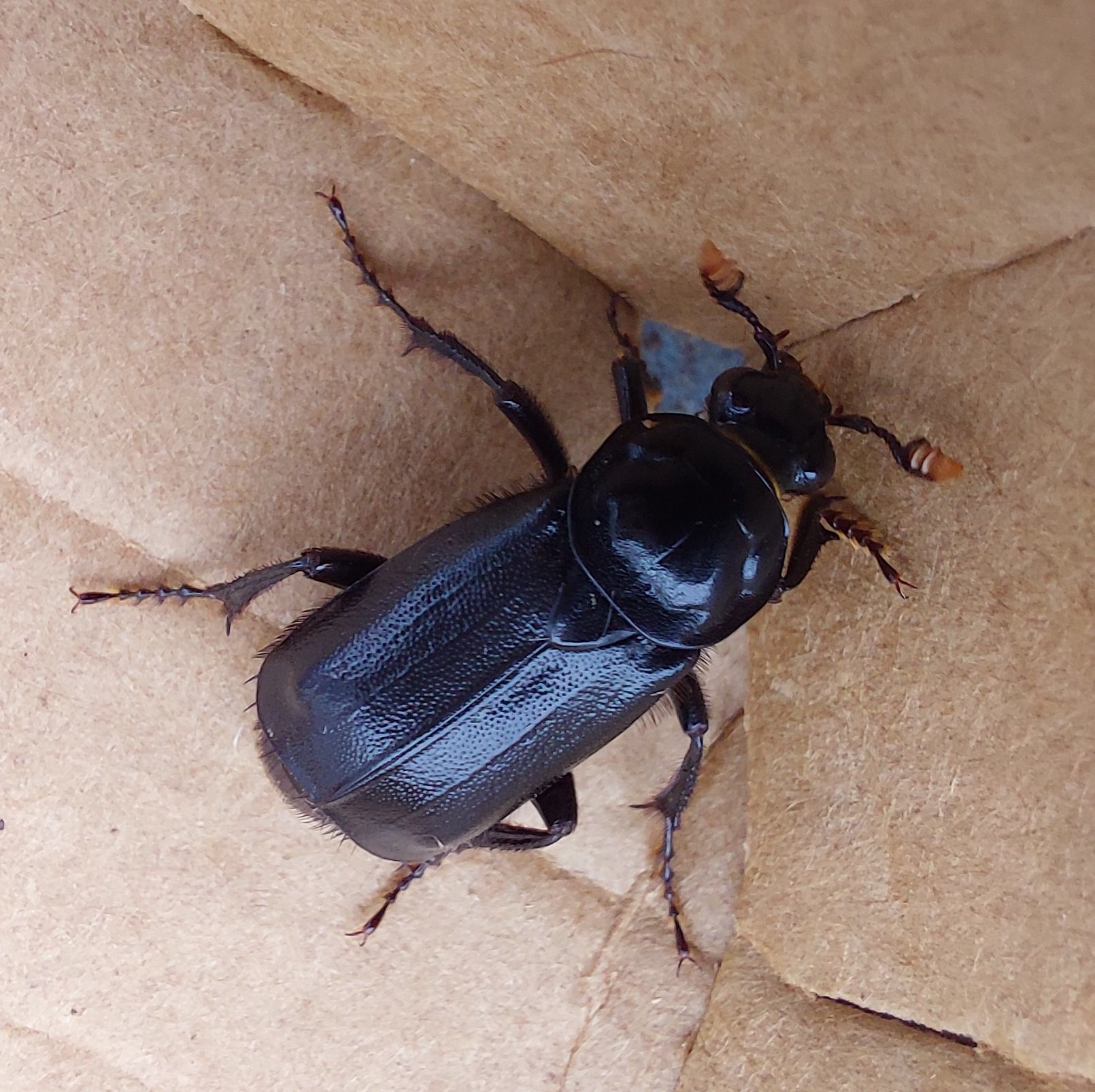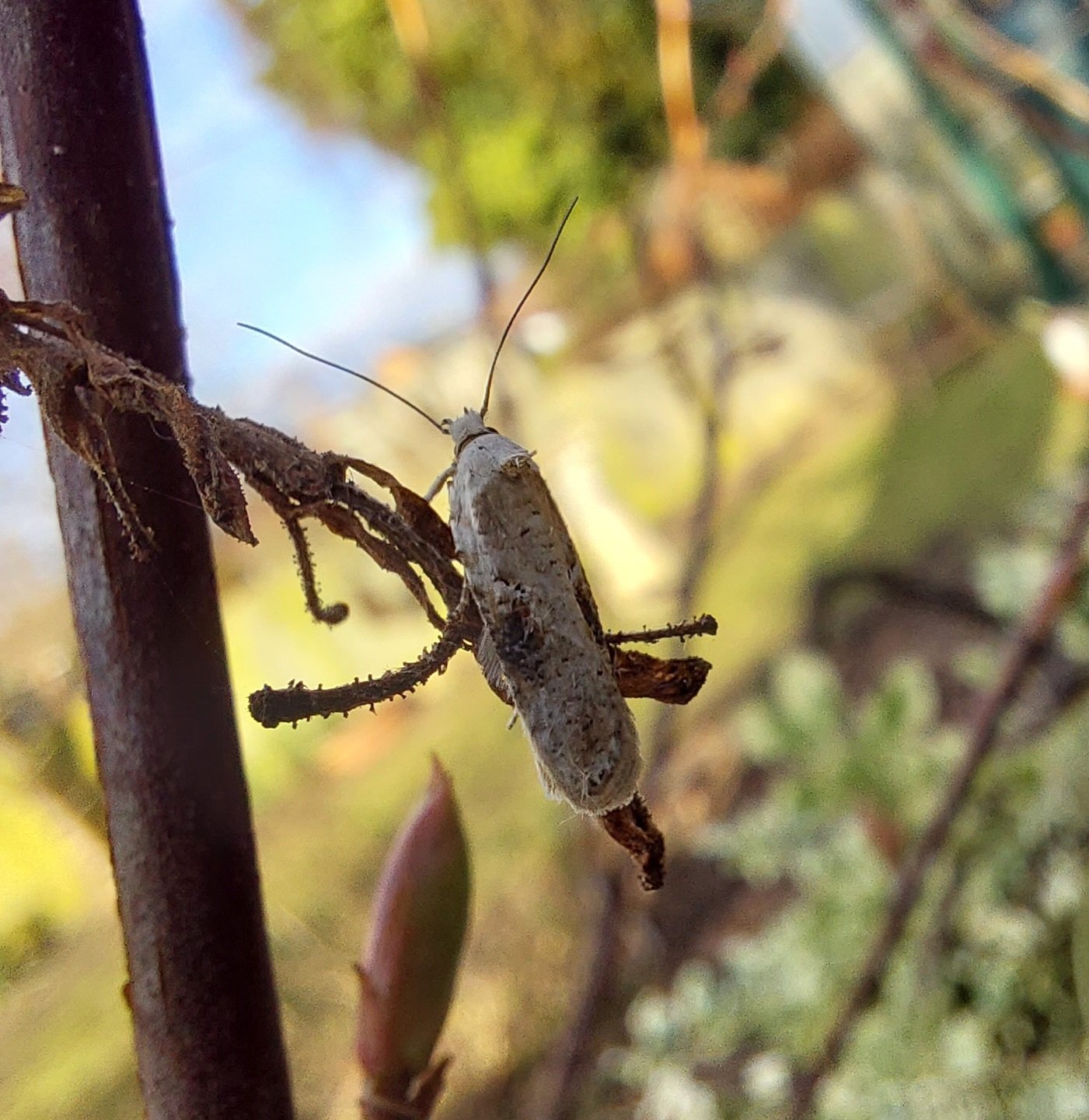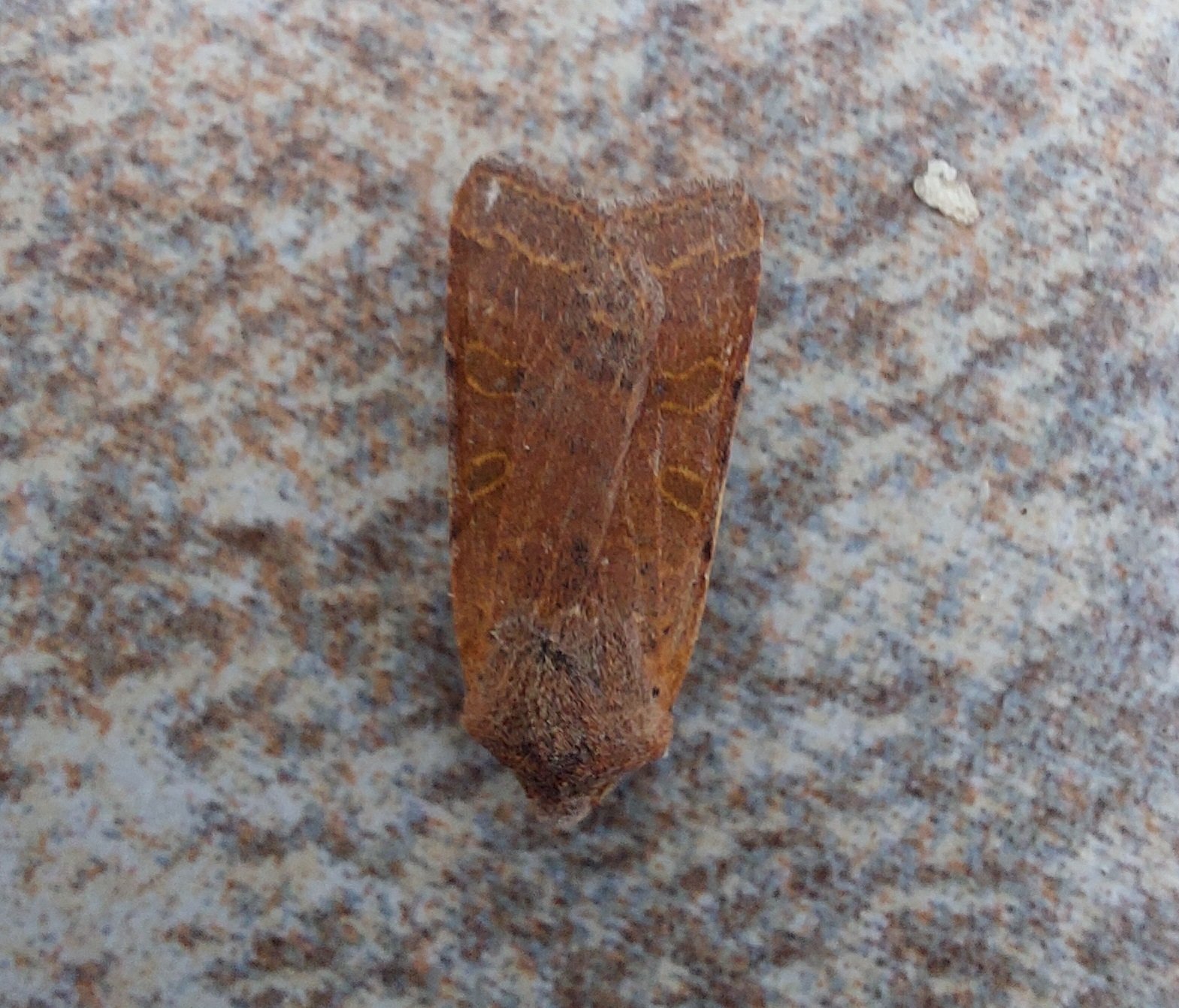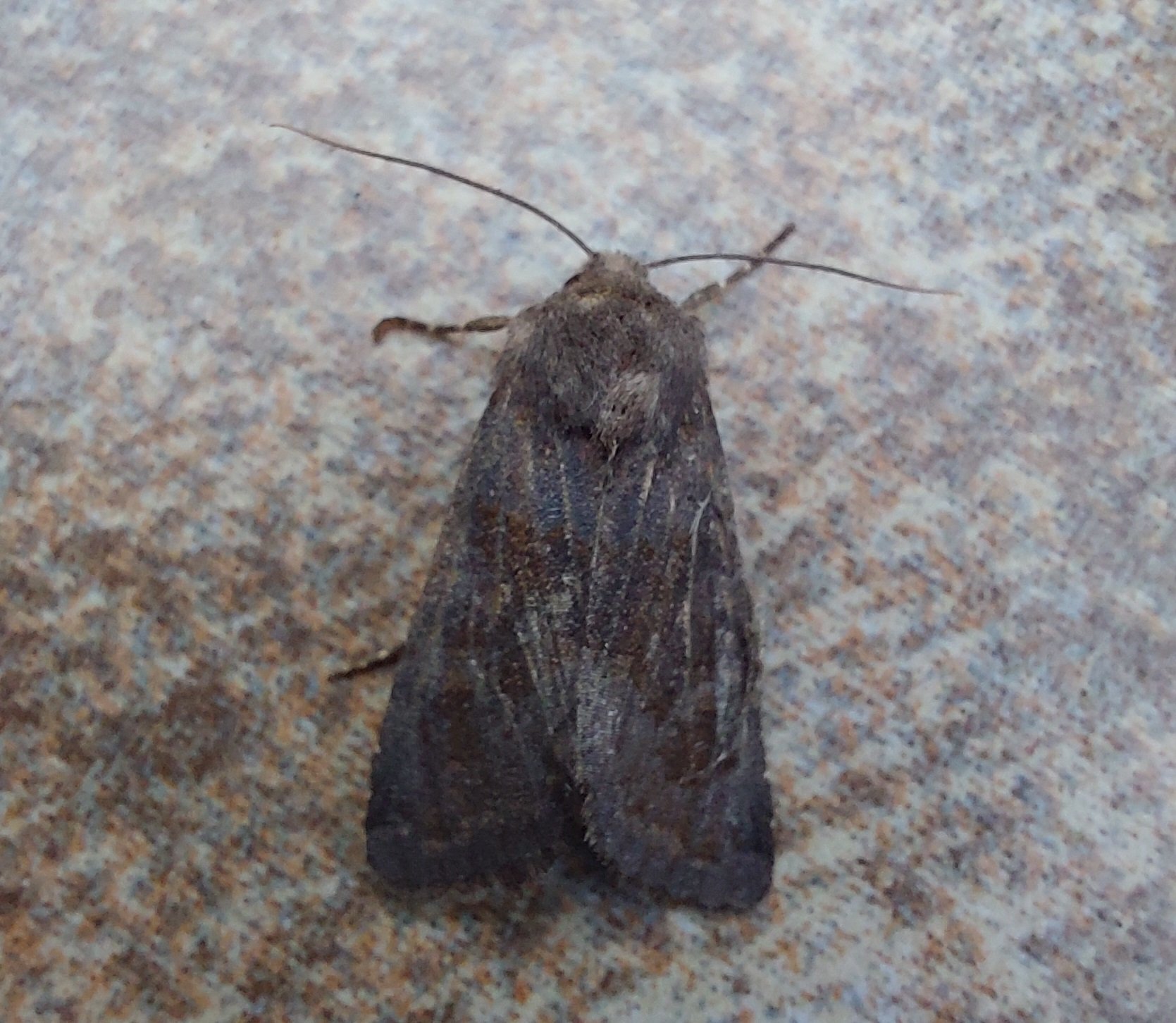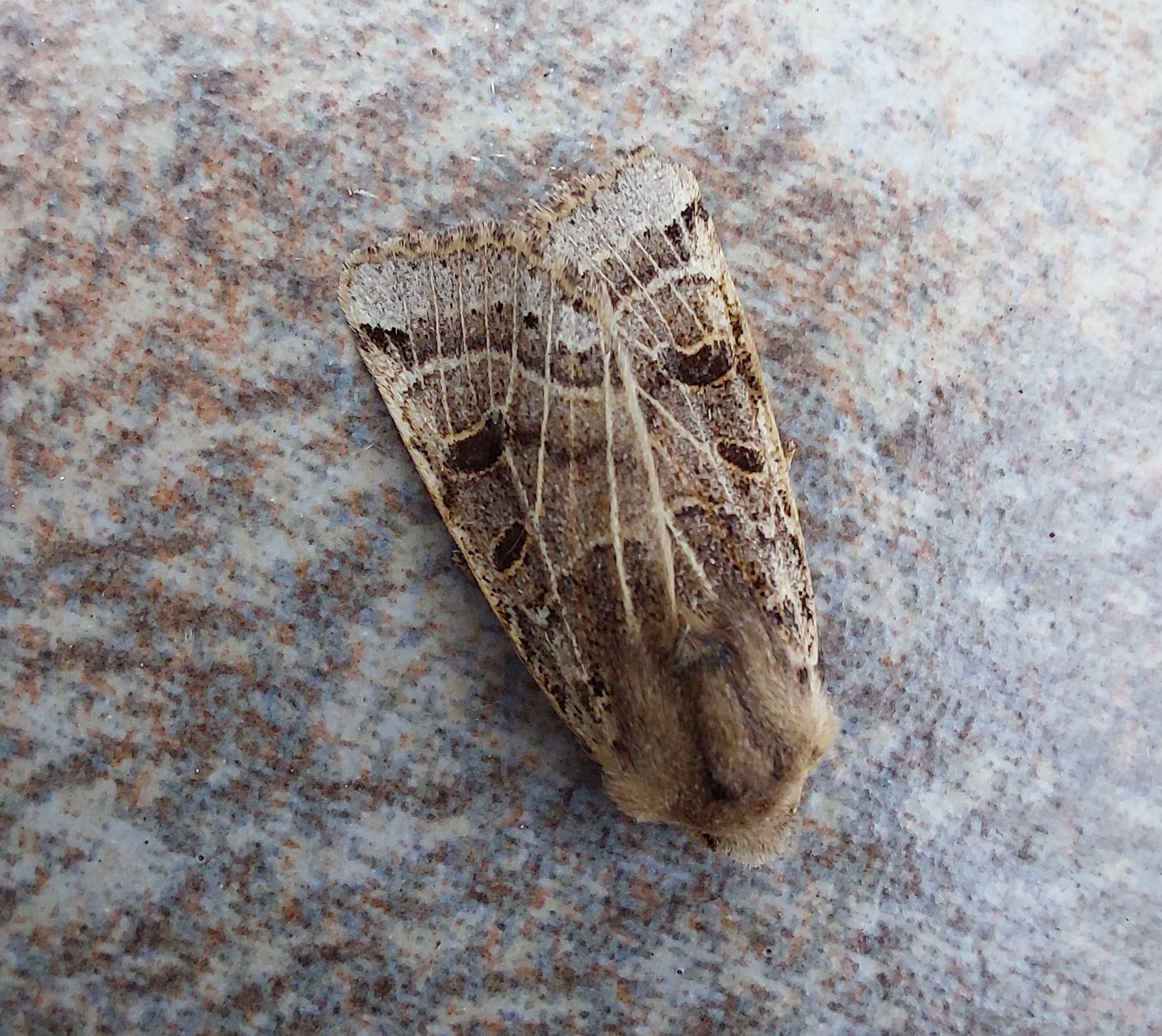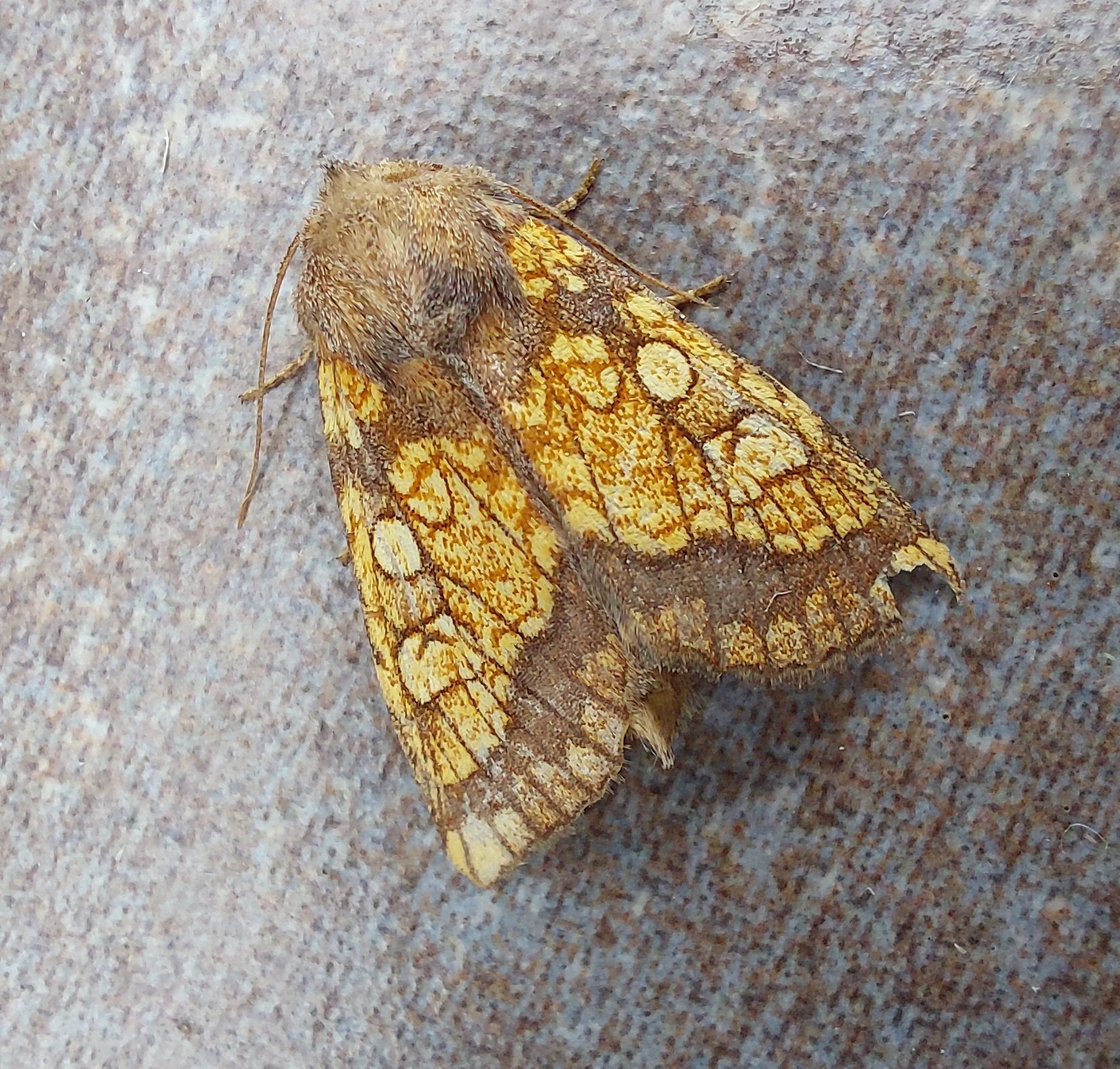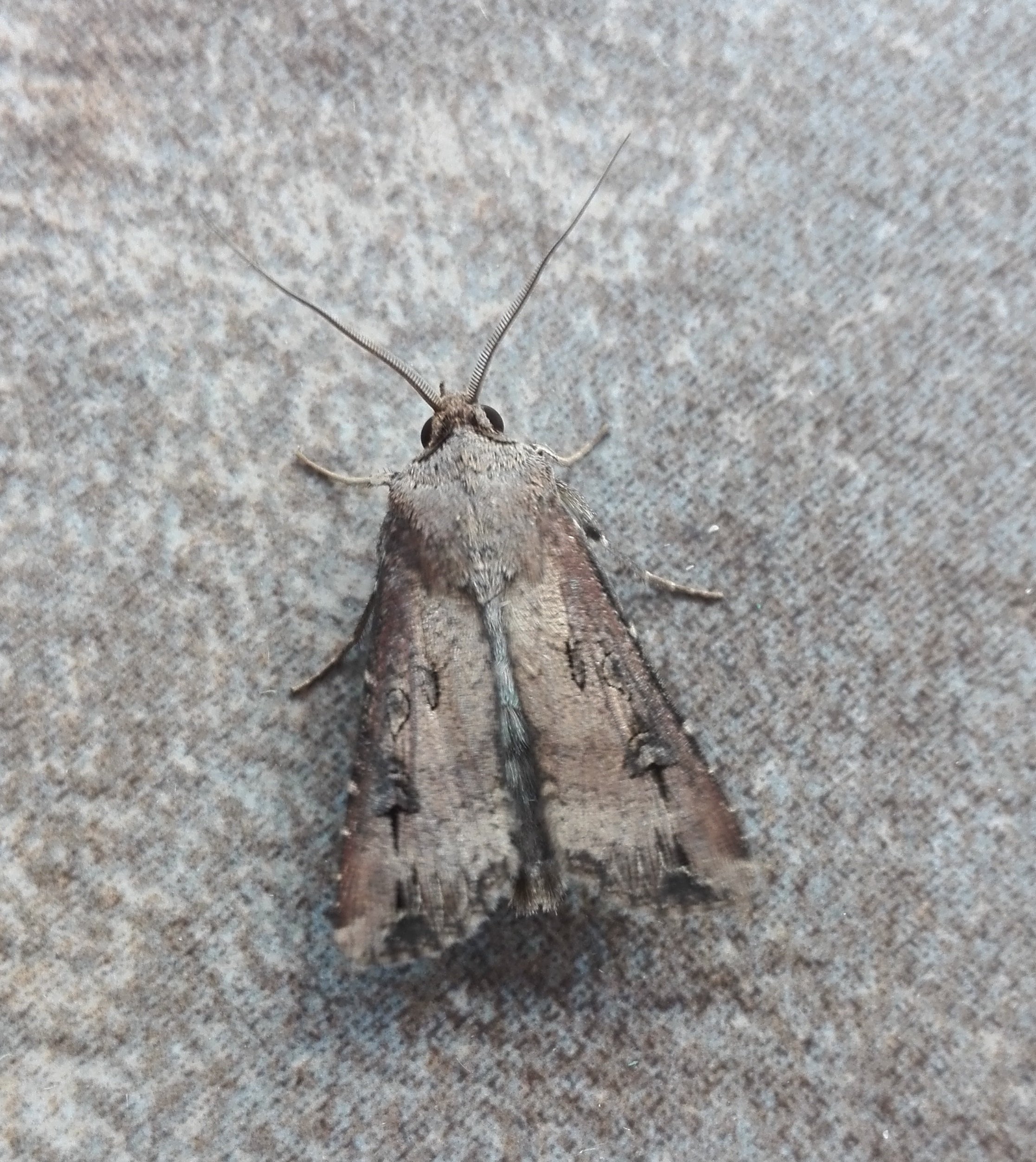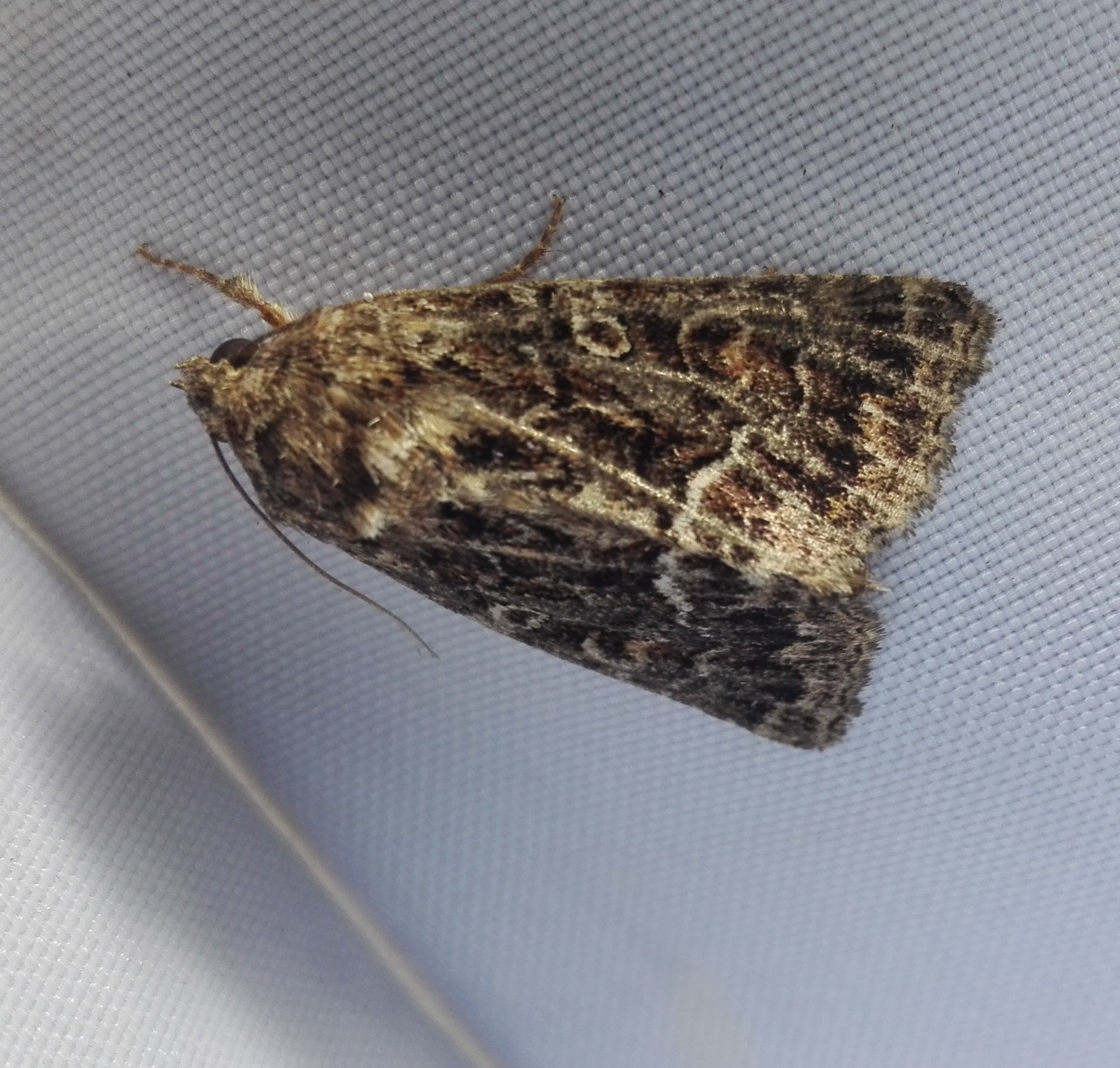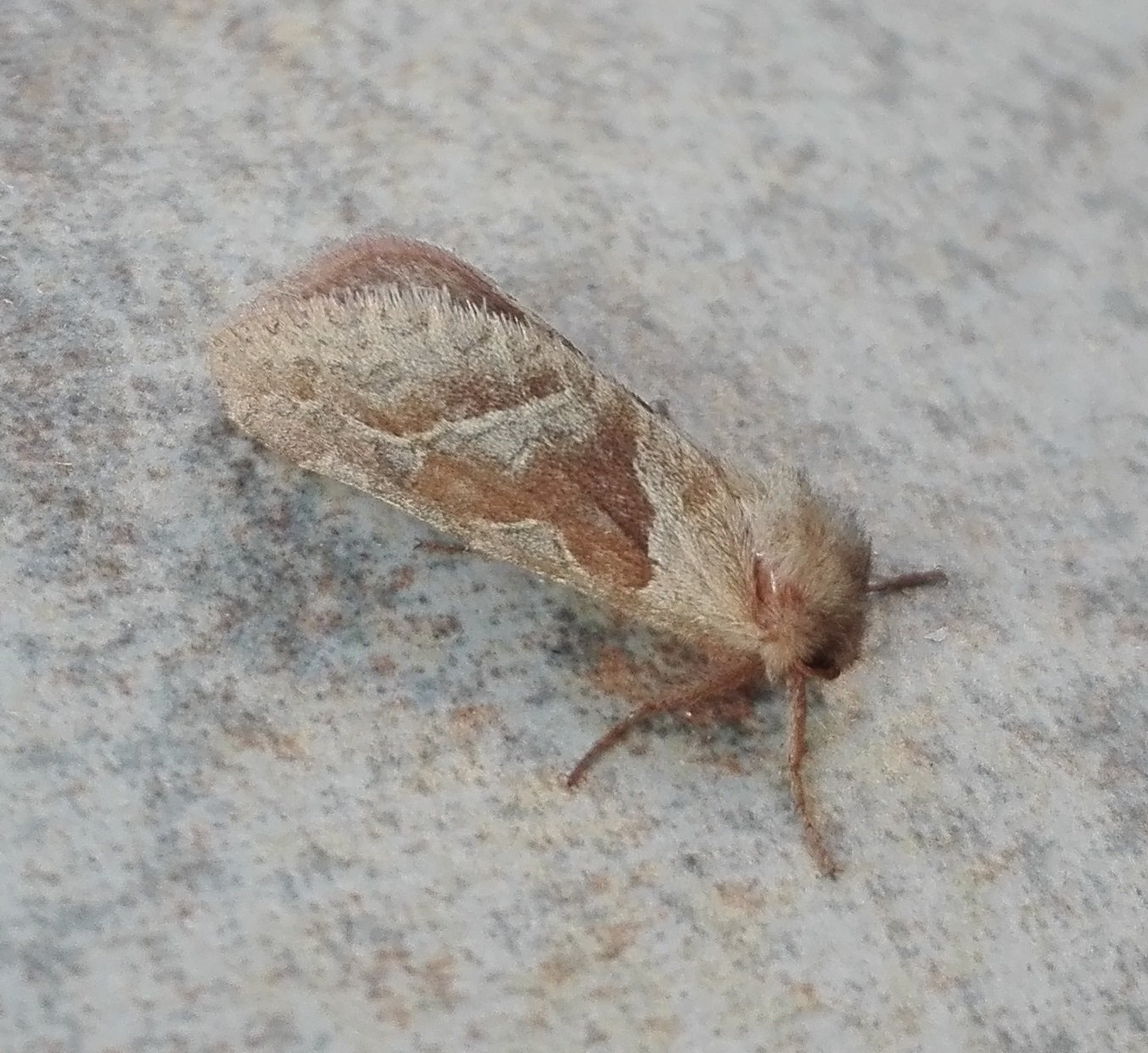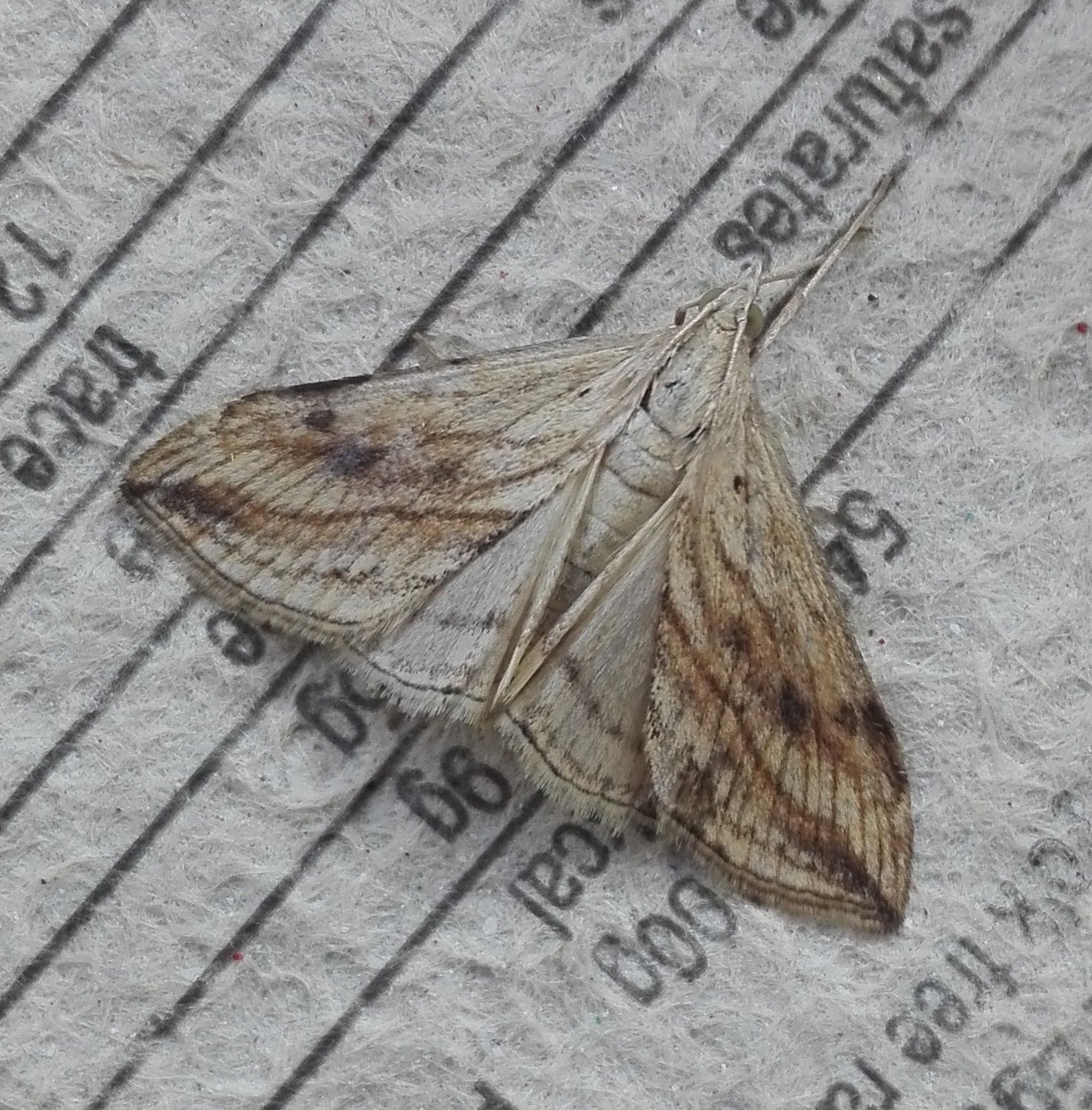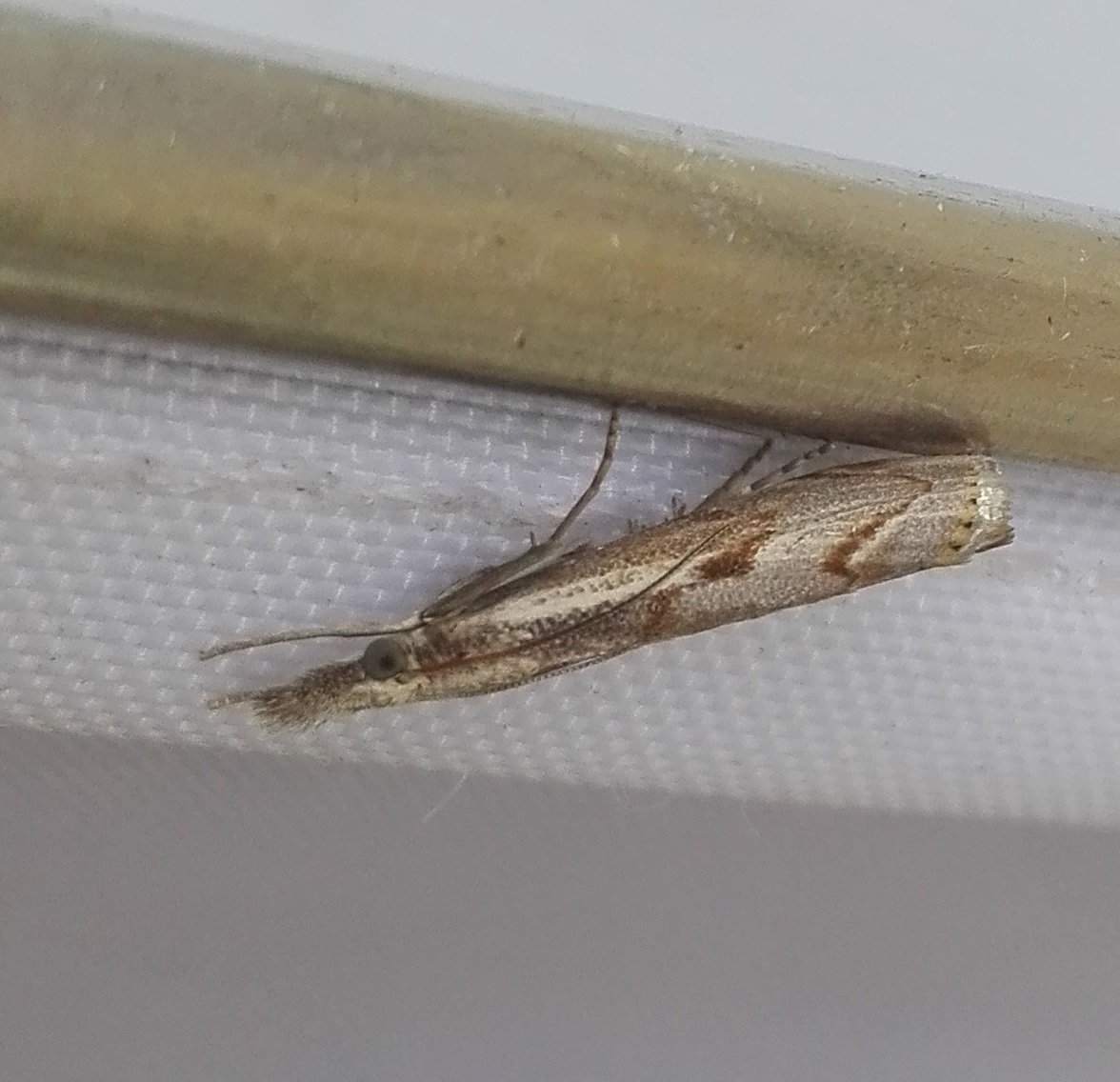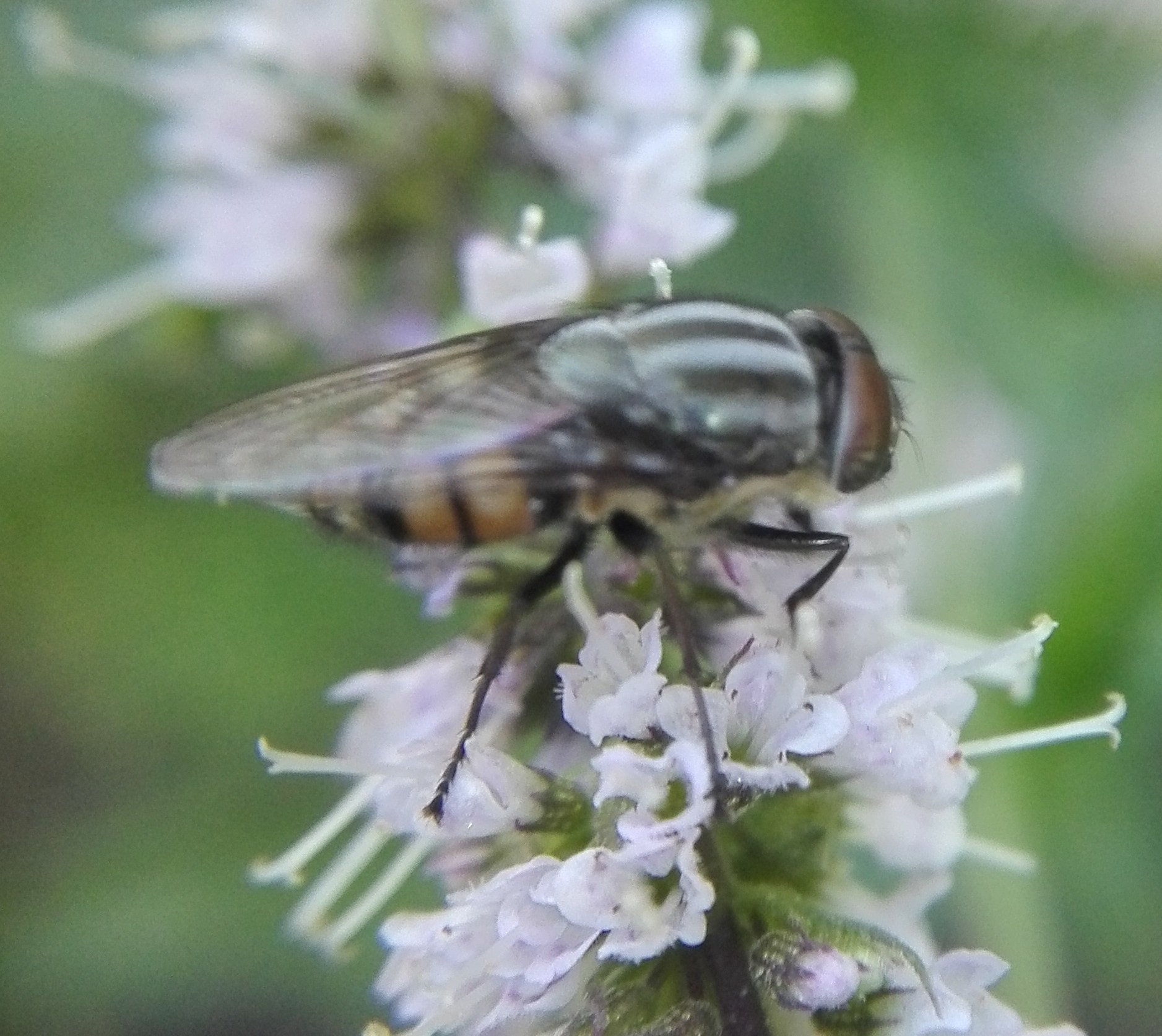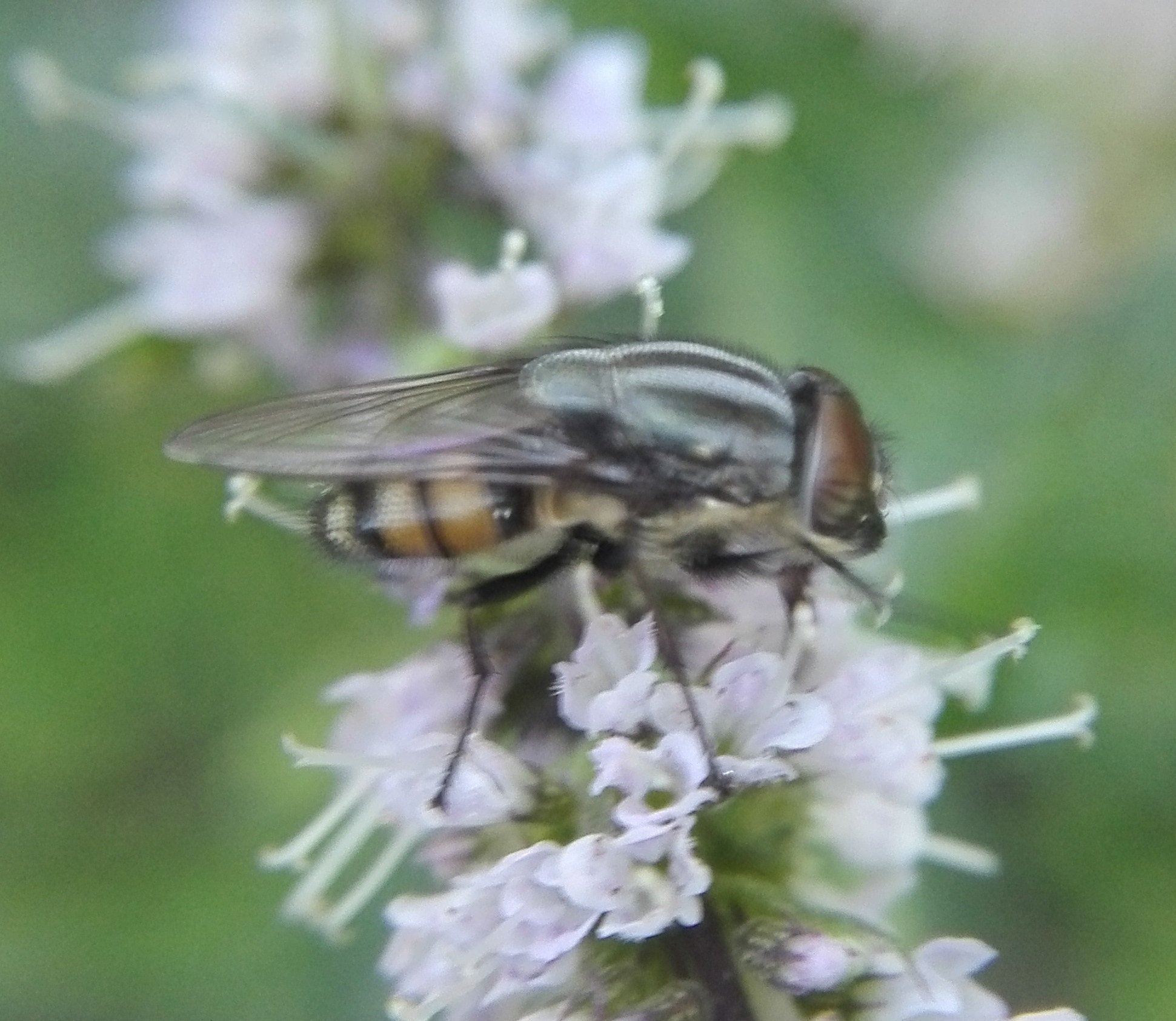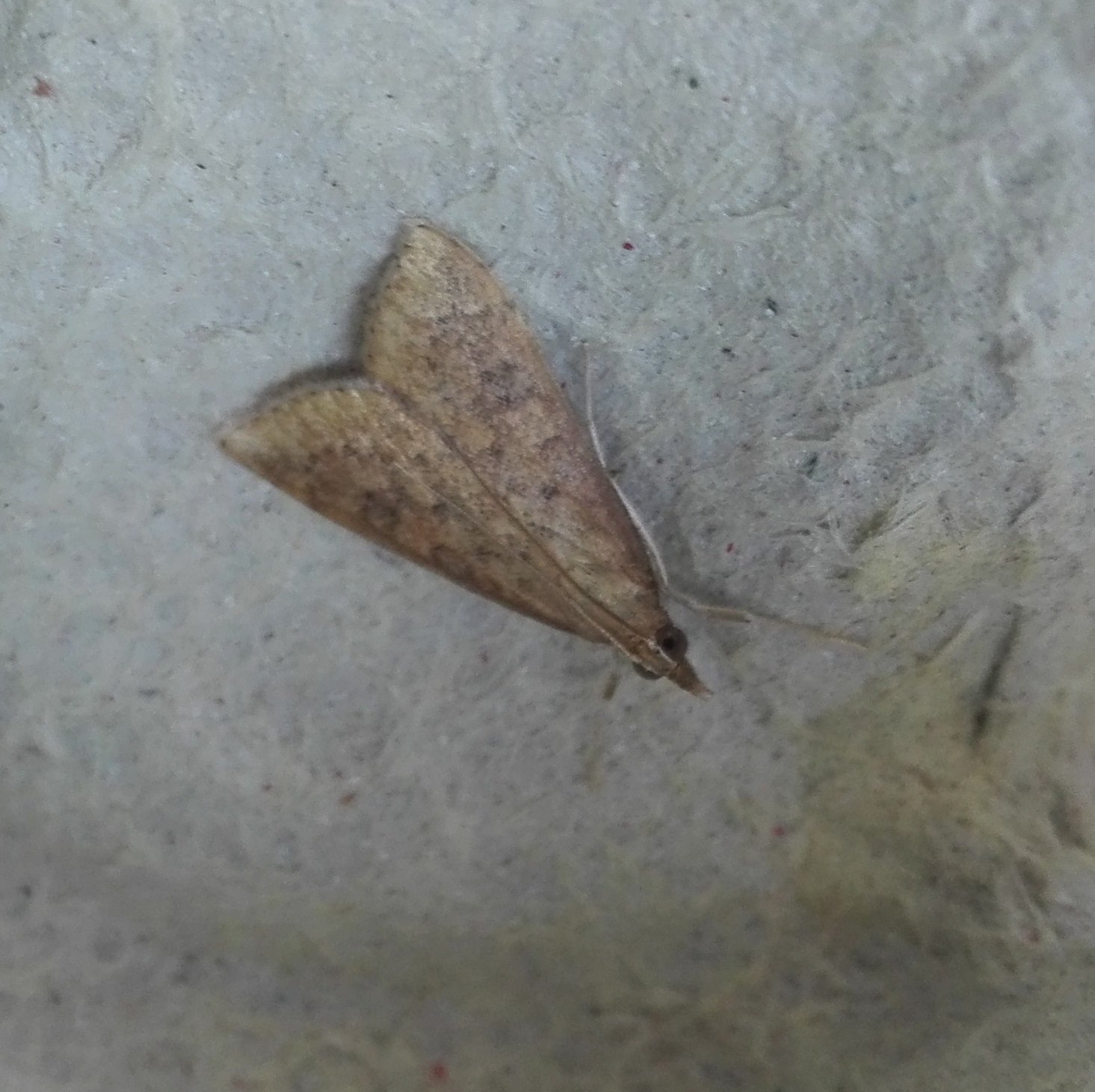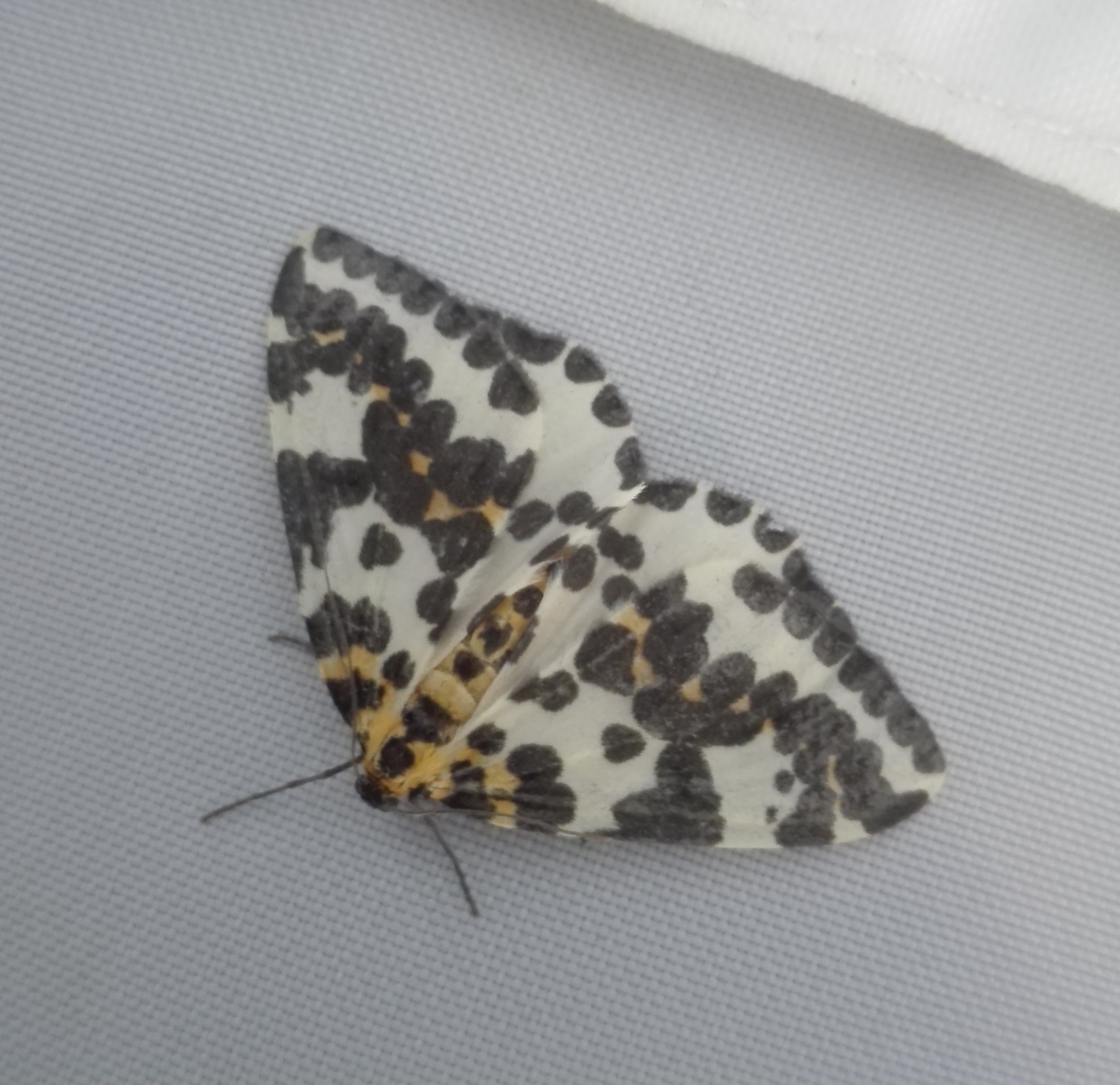Californian Maple Aphid (Periphyllus californiensis)
/Spotting my regular pair of long-tailed tits feeding on a small Japanese Maple, I thought it worth checking what they were going after. It turned out to be a pretty heavy infestation of honey-dew secreting aphids; in this case Californian Maple Aphids (Periphyllus californiensis). These are not native to UK, as you might guess from the name, though in fact they come originally from East Asia rather than the USA, but have now spread more or less globally wherever ornamental garden maples are grown.
#916 Californian Maple Aphid (Periphyllus californiensis)





